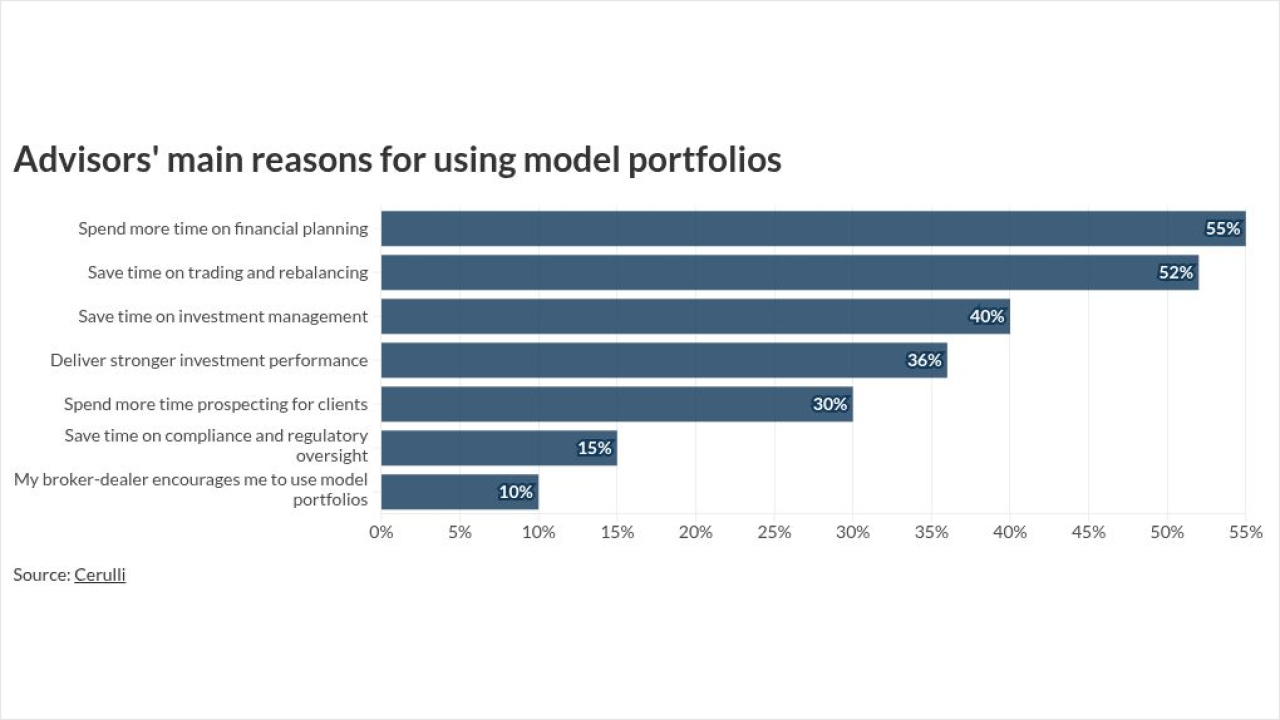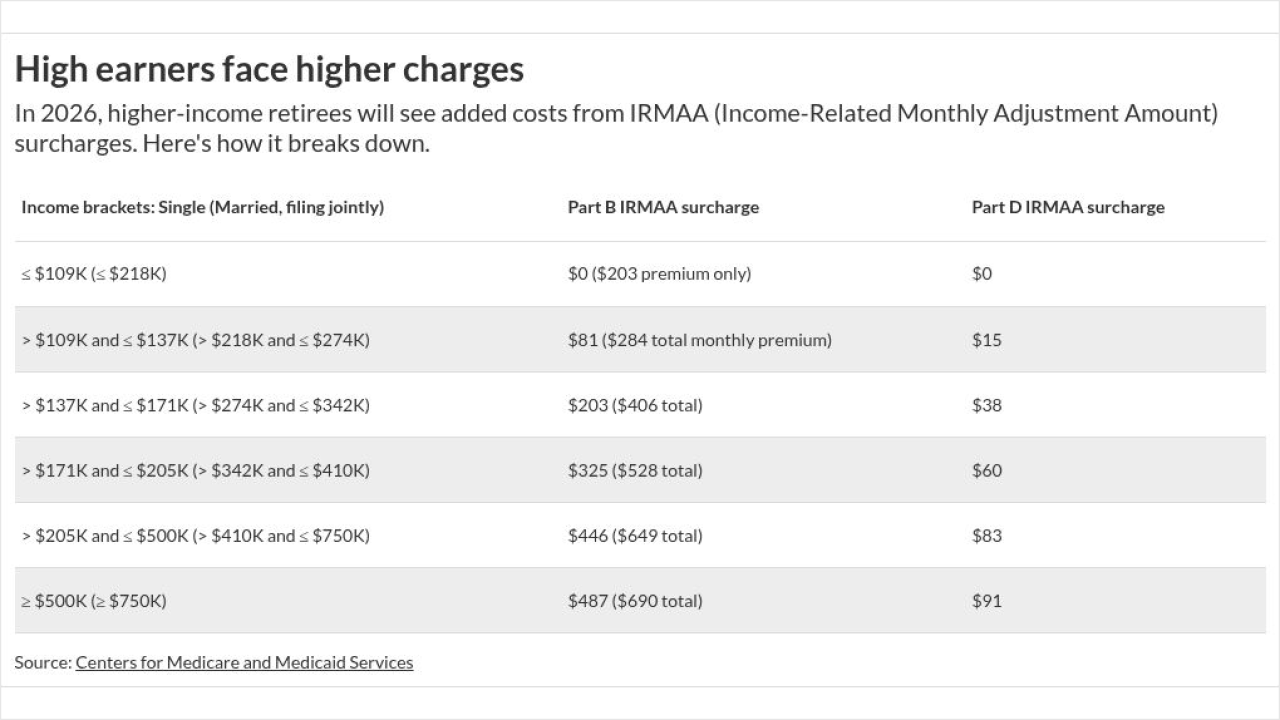Our daily roundup of retirement news your clients may be thinking about.
Choosing between a traditional IRA and a Roth IRA is a matter of making the most of the tax treatment of these accounts, writes Morningstar's Christine Benz. Young accumulators should go for the tax-deferred traditional IRA if their tax bracket is likely to be lower after they retire, and consider the Roth if they expect to move to a higher bracket in retirement, writes the expert. If they are unsure about their tax situation in the future, they "might consider actually splitting [their] contributions across both account types."

A report says that boomers and Gen X-ers should expect disruptions in the labor force in the next 12 years, with employers retaining their older employees as labor supply stays stagnant, according to this article on MarketWatch. Companies are likely to offer new employment benefits and flexible work arrangements to keep their older workers. “You may not see employers offering older workers traditional employment. We’ll be seeing the rise of more part-timers and independent contractors,” says an expert.
Self-employed clients who want to boost their retirement resources have the option of doing a backdoor Roth conversion, especially if they expect to keep their current bracket or move to a higher bracket after they retire, writes an expert in this Q-and-A article from the Los Angeles Times. However, they are advised to weigh other options, as the backdoor Roth strategy will trigger a tax bill and get the attention of the tax people, writes the expert. "If you want to stay out of gray areas and potentially contribute more cash to your retirement, consider setting up a solo 401(k)."
As many small business workers across the country have no access to a workplace retirement savings plan, Oregon and some other states are offering state-sponsored plans to enable them to build their nest eggs, according to this article on CNBC. Employers with no retirement plans are required to deduct 5% of their workers' salary and stash it in an IRA. "We have about 5,500 people actively contributing to accounts at this point. There are about 20,000 in the process, and we expect 1 million people who could potentially participate," says a state official in Oregon.





